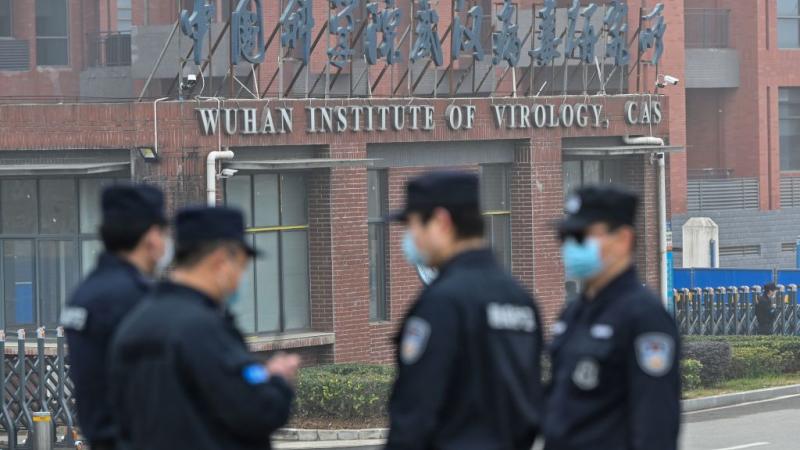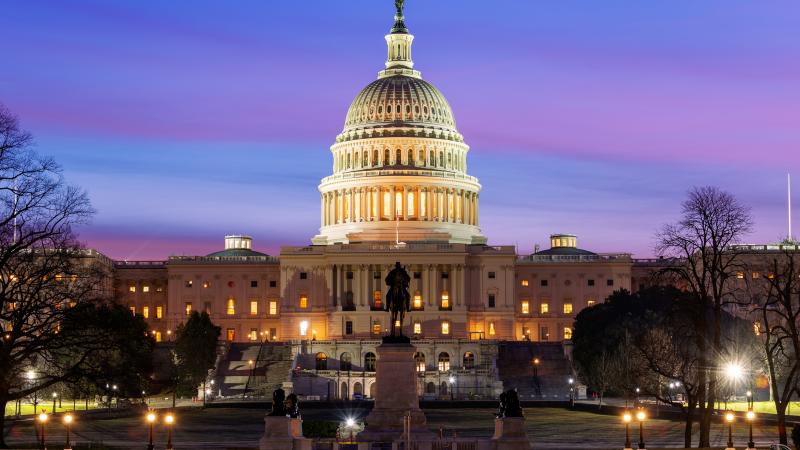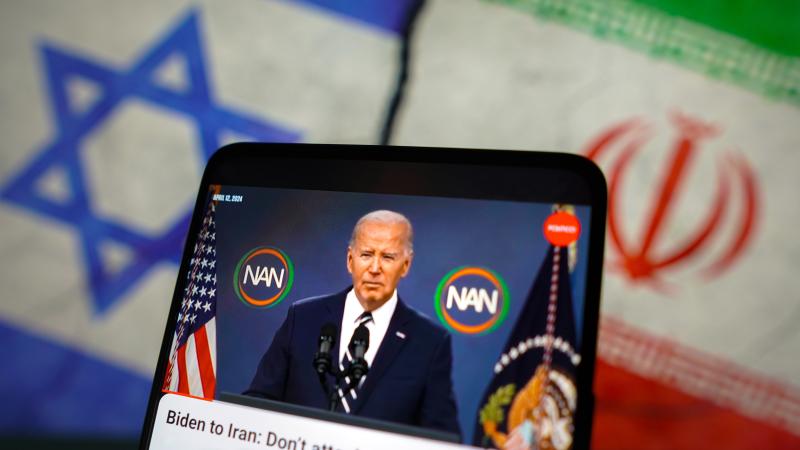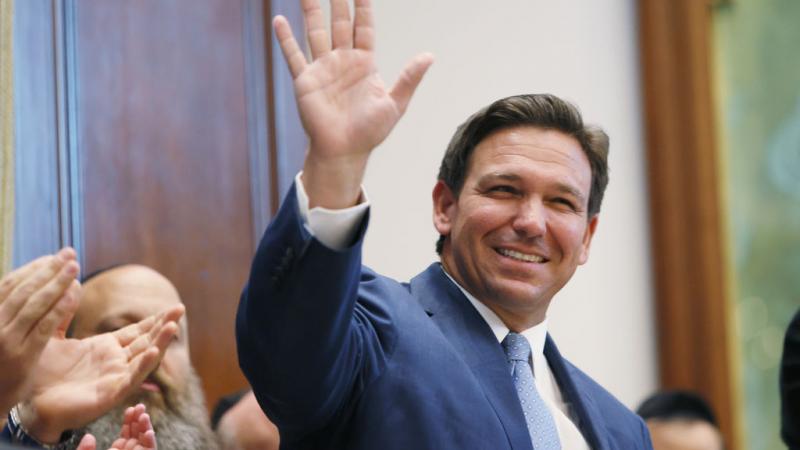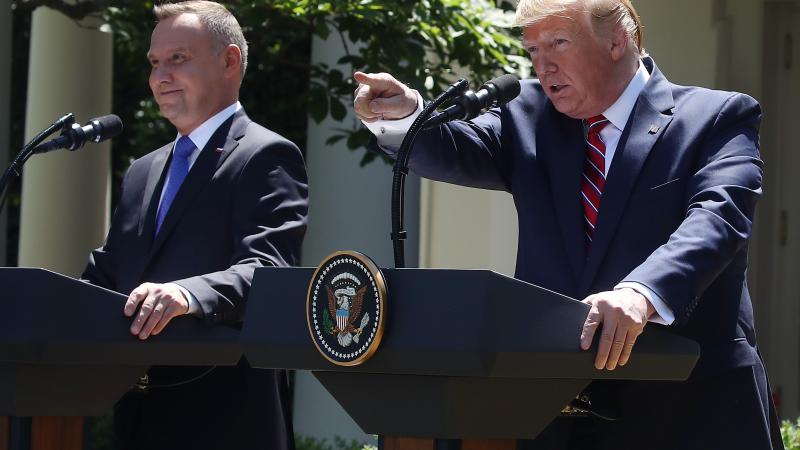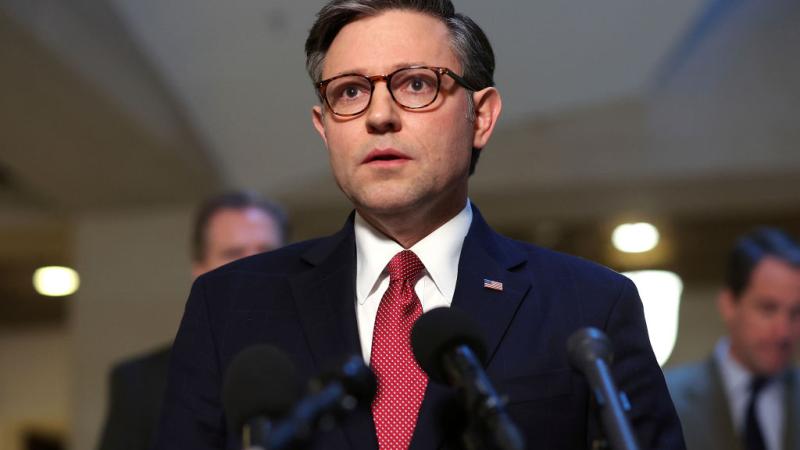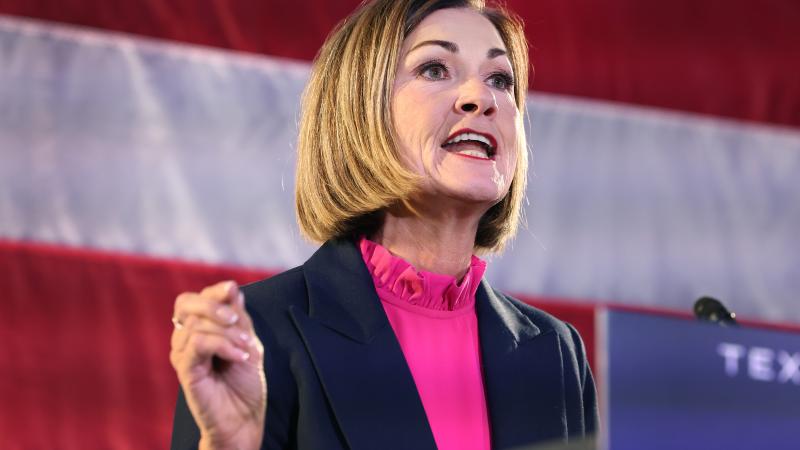COVID con, part 1: How the pandemic became a gold mine for fraudsters
Lax government oversight of billions in COVID-19 relief funds led to vast criminal fraud.
Both state and federal government agencies have facilitated massive criminal fraud over the past two years by paying out billions of dollars in COVID-19 relief funds to fraudsters who gamed the system.
Since COVID-19 hit the U.S. in early 2020, the federal government has created several initiatives to combat the devastating economic fallout of the pandemic. Due to lax oversight by several agencies at both the state and federal level, however, billions meant for alleviating Americans' economic distress instead went to individuals who defrauded the government programs.
Much of the fraudulent activity occurred through the Small Business Administration (SBA), which is charged with overseeing several COVID-19 relief programs, including the Paycheck Protection Program (PPP) and the Economic Injury Disaster Loan program (EIDL).
PPP provides forgivable loans to assist businesses during the pandemic, and EIDL provides accessible and borrower-friendly capital to nonprofits and small businesses recovering from the pandemic's economic impacts.
While PPP helped many businesses survive during the pandemic, it was also riddled with fraud. About 15% of the $961 billion that the Congress appropriated in total for PPP is projected to have been obtained fraudulently, according to one study.
A House panel estimated that some $84 billion in PPP loans was issued fraudulently. The House Select Subcommittee on the Coronavirus Crisis found last year that less than 1% of the money was forfeited or seized by the Justice Department.
PPP also had the highest percentage of cases of criminal activity of all the pandemic relief programs, according to the Pandemic Response Accountability Committee's Semiannual Report to Congress from last year.
"A total of 14 [inspector general offices] have indictments/complaints, arrests, and/or convictions from April 1, 2021, through Sept. 30, 2021, related to the federal government's COVID-19 pandemic response," the PRAC reported.
PPP accounted for 49% of those criminal cases.
Rampant fraud and abuse of pandemic relief led the Justice Department to create the COVID-19 Fraud Enforcement Task Force. The department has charged and sentenced dozens of individuals, most of whom were accused of defrauding the PPP and EIDL.
Just this week, Bridgitte Keim, 52, of Temple Terrace, Fla., pleaded guilty to defrauding a federally insured bank and the SBA by submitting false and fraudulent applications for PPP loans. She sought to obtain at least $588,693.14, according to the Justice Department. A sentencing date has not yet been scheduled, but Keim faces a maximum penalty of 30 years in federal prison.
Last week, an Oregon man was sentenced to 48 months in federal prison and five years' supervised release after stealing millions of dollars in loans from both PPP and EIDL. He was ordered to pay more than $4 million in restitution and forfeit 25 properties and more than 15,000 shares of Tesla, Inc. stock seized by law enforcement.
And last month, to cite another example, a Texas man was arrested for allegedly obtaining over $3.3 million in fraudulent PPP loans. Federal prosecutors say Scott Jackson Davis, 46, submitted three fraudulent PPP loan applications for three businesses which he claimed to represent.
Davis said these businesses had numerous employees and significant payroll; in reality, they had few if any employees and little to no payroll, according to prosecutors. He spent a large portion of the PPP loan funds on private jet travel, real estate, and luxury vehicles, according to the Justice Department.
All types of people have been found guilty and sentenced to jail for defrauding pandemic relief — from doctors, to wedding planners, to former NFL players, to reality TV stars.
Just the News has reported on several other such cases in which fraudsters submitted fraudulent applications and obtained millions of dollars. In some instances, those convicted and sentenced to prison had spent the money on luxury homes, high-priced jewelry, and expensive cars.
"It does seem ridiculously easy," Richard Clarke, a police detective in Lauderhill, Fla., told CNBC. "Based on my experience, a lot of people, especially since COVID and the PPP loans, have taken advantage of lapses in the system to benefit personally from applying for loans — either deceptively or using other persons' information."
Since 2020, the SBA inspector general has repeatedly sounded the alarm on the increased risk of fraud as a result of the agency easing its internal controls amid the pandemic to deal with the influx of PPP and EIDL applications.
"To expedite the process, SBA 'lowered the guardrails' or relaxed internal controls, which significantly increased the risk of program fraud," the inspector general (IG) wrote in an October 2020 report. "The unprecedented demand for COVID-19 EIDLs and the equally unprecedented challenges SBA had in responding to this pandemic combined with lowered controls resulted in billions of dollars in potentially fraudulent loans and loans to potentially ineligible businesses."
As early as the summer of 2020, the IG found the SBA approved $14.3 billion ($13.4 billion disbursed) in EIDLs to accounts that differed from the original bank accounts listed on the loan applications; $62.7 billion ($58.0 billion disbursed) in multiple EIDLs to applicants using the same IP addresses, email addresses, bank accounts, or businesses listed at the same addresses; and about $1.1 billion in EIDLs and emergency advance grants to potentially ineligible businesses.
In January of last year, the IG identified $3.6 billion in PPP loans to potentially ineligible recipients before concluding: "SBA's efforts to hurry capital to businesses were at the expense of controls that could have reduced the likelihood of ineligible or fraudulent business obtaining a PPP loan. As a result, there is limited assurance that loans went to only eligible recipients."
The IG echoed these claims in a recent report from November after finding that, from March to November 2020, $3.1 billion in EIDL and $550 million in emergency EIDL grants were distributed to potentially ineligible recipients.
"SBA's lack of adequate front-end controls to determine eligibility contributed to the distribution of COVID-19 EIDLs and emergency EIDL grants to potentially ineligible recipients," the report found.
The SBA says it is working to address the problem of rampant fraud.
"The SBA takes fraud seriously, and, as such, all applicants are required to provide certification of their eligibility upon application," an agency spokesperson told Just the News. "Misrepresentation of eligibility is unlawful, and, when appropriate, these cases are referred to the Office of the Inspector General. The Office of Inspector General and the agency's federal partners are working diligently to resolve fraud incidents. The SBA encourages anyone suspecting fraud or misuse of relief programs to visit: sba.gov/fraud."
The SBA also noted that, as of September, the agency had conducted more than 65,000 manual loan reviews to identify potential fraud, abuse, and other forms of noncompliance. About 5,000 of these reviews have been "dispositioned as Requiring Further Analysis due to potential fraud or ineligibility."
The SBA isn't the only government agency that's paid out large sums of money in improper and fraudulent payments meant for COVID-19 relief.
The Labor Department, for example, did so in the form of billions of dollars in federal unemployment benefits, which went to ineligible recipients including prisoners and people with stolen identities.
A report by the Pandemic Response Accountability Committee (PRAC) showed that the federal Pandemic Unemployment Assistance Program (PUA), established by the CARES Act in 2020, opened unemployment benefits to new categories of workers, such as self-employed and gig workers, who did not have to provide documentation to get payments.
The Department of Labor's interpretation of the CARES Act unemployment insurance provisions led the department's Employment and Training Administration to direct states to accept self-certifications for unemployment benefits instead of requiring claimants to provide documentation.
The resulting "reduction in controls to receive PUA benefits was a direct cause of the widespread fraud seen across states," according to the PRAC.
Unemployment insurance fraud was especially widespread in California, where the state auditor found the state Employment Development Department (EDD) paid out $10.4 billion in fraudulent claims.
EDD "did not take action to bolster its fraud detection efforts until months into the pandemic," according to the audit.
"EDD waited about four months to automate a key anti-fraud measure, took incomplete action against claims filed from suspicious addresses, and removed a key safeguard against improper payments without fully understanding the significance of the safeguard," said State Auditor Elaine Howle.
The removal of the safeguard accounted for $1 billion of the total fraudulent payments.
The EDD response to the auditor begins on page 43 of the audit report.
Arizona, meanwhile, paid out $4.4 billion in fraudulent and improper payments. Of that total, $1.6 billion in federal unemployment insurance benefits went to individuals who used stolen identities.
The Arizona Department of Economic Security "did not put all critical identity verification or other anti-fraud measures in place before paying federal CARES Act unemployment insurance benefits," according to a state audit.
Michigan paid out $3.9 billion in PUA benefits to those who were ineligible, Washington paid out $647 million in improper or fraudulent payments, and Ohio paid out $574 million, with an additional $390 million flagged as potentially fraudulent.
Colorado and Louisiana additionally paid out nine-figure amounts.
Beyond the Labor Department, the IRS also improperly disbursed money allocated under COVID-19 relief legislation, with some potentially being fraudulent. Specifically, the agency doled out over $100 million in the form of business tax credits, according to a report by the Treasury Department inspector general for tax administration.
The three new employer tax credits — the sick leave credit, the family leave credit, and the employee retention credit — were available to businesses under pandemic relief legislation. The IRS allowed employers to submit their forms electronically since centers were closed, and IRS employees manually reviewed and processed the returns.
Through Oct. 1 of tax year 2020, the IG "identified a total of 317 potentially fraudulent employer tax credits for approximately $94.2 million."
The IG also found the IRS paid out nearly $10 million to government entities that were ineligible under the relief legislation and an additional $2 million for government entities that weren't eligible for the employer tax credits.
Additionally, the IG noted hundreds more government entitles that received at least $7.2 million in erroneous employer tax credits after Oct. 1.
According to the IG, the IRS processed returns more than once and also processed employer tax credits above the allowable amount under pandemic relief laws.
The IRS response to the IG finding begins on page 17 of the latter's report.
Last month, the Secret Service announced that some $100 billion had been stolen from COVID-19 relief funds due to fraudulent activity. That's about 3% of the roughly $3.5 trillion that the government has so far spent in pandemic aid.
The week before the Secret Service announcement, the Labor Department said about $87 billion in COVID-19 unemployment benefits may have been paid improperly, "with a significant portion attributable to fraud."
The Facts Inside Our Reporter's Notebook
Links
- study
- Semiannual Report to Congress
- pleaded guilty
- sentenced
- arrested
- doctors
- wedding planners
- former NFL players
- reality TV stars
- reported
- cases
- spent
- told
- report
- identified
- concluding
- sba.gov/fraud
- report
- directed
- state auditor
- paid out
- Michigan
- Washington
- Ohio
- report
- found
- announced
- $3.5 trillion
- paid




